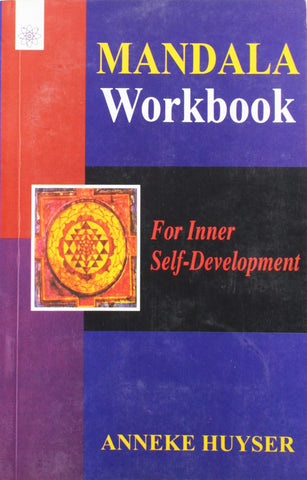Your cart is empty now.
Tathagatagarbha-Buddha Nature-is a central concept of Mahayana Buddhism crucial to all the living practice traditions of Tibetan and Zen Buddhism. Its relationship to the concept of emptiness has been a subject of controversy for seven hundred years. Dr. Hookham’s work investigates the divergent interpretations of these concepts and the ways the Tibetan tradition is resolving them.
In particular she does this with reference to the only surviving Indian commentary on the Tathagatagarbha doctrine, the Ratnagotravibhaga. This text addresses itself directly to the issue of how to relate the doctrine of emptiness (the illusory nature of the world) to that of the truly existing, changeless Absolute (the Buddha Nature).
This is the first work by a Western writer to present an analysis of the Shentong tradition based on previously untranslated sources. The Shentong view rests to meditative experience that is inaccessible to the conceptualizing mind. It is deeply rooted in the sutra tradition of Indian Buddhism and is central to an understanding of the Mahamudra and Dzogchen traditions and Tantric practice among the Kagyupas and Hyingmapas.
The book is divided into twelve chapters. They are Ch. 1 General Introduction; Ch. 2 Introduction to the Rangton-Shentong Distinction ‘Ch. 3 Emptiness from the Shentong point of View; Ch. 4 The Shentong View of Absolute Reality; Ch. 5 Means of Apprehending Absolute Reality; Ch. 6 the Nature of Beings; Ch. 7 The Third Dharmacakra : Neyartha or Nitartha; Ch. 8 The Shentong Tradition; Ch. 9 Traditions of Interpretation of the RGV and RGVV; Ch. 10 A Shentong Interpretation of the RGV and RGVV - A Paraphrase with comments ; Ch. 11 Translation of the Introduction to Kongtrul’s RGV Commentary ; Ch. 12 Conclusion.
The Appendices are - Works by Western Scholars; Prakrtisunyata, Svabhavasunyata and Parabkavasunyata in Rangtong and Shengtong Terms; Further details on the Three Svabhava and the Three kinds of Emptiness as found in the SNS; The Sandhinirmocan-sutra; Resume; Some points of Comparison Between Rangtong Commentators on RGV; The five Dharmas of Maitreya., Glossary of Terms.
S.K. Hookham is at Oxford University.
| Acknowledgements | xiii |
| Yogin Khenpo Tsultrim Gyamtso’s Spontaneous Verses on the Subject of Rangton and Shentong | xv |
| Chapter 1: General Introduction | 1 |
| The Omniscient Dolpopa’s Prayer that Unties the Vajra Word Knots | 5 |
| Section One - The Issues | 9 |
| Chapter 2: Introduction to the Rangtong-Shentong Distinction | 11 |
| 2.1 The Origin and Significance of Buddhist Commentarial Traditions | 11 |
| 2.2 The Rangtong/Shentong Distinction | 13 |
| 2.3 The Meaning of Rangtong | 14 |
| 2.4 The Meaning of Shentong | 15 |
| 2.5 The Importance of the Rangtong-Shentong Distinction | 16 |
| Chapter 3: Emptiness from the Shentong Point of View | 19 |
| 3.1 Progressive Stages of Meditation on Emptiness | 19 |
| 3.2 The Final Stage - Shentong (Yogacara Madhyamaka) | 22 |
| 3.3 No Shentong Without a Proper Understanding of Rangtong | 26 |
| 3.4 Problems of Definitions of Terms | 29 |
| Chapter 4: The Shentong View of Absolute Reality | 33 |
| 4.1 Buddhajnana | 33 |
| 4.2 Inseparable Qualities | 37 |
| i. Inseparable Qualities of the Dharmakaya | 38 |
| ii. The Concept of Uncompoundedness | 44 |
| iii. Inseparability and the Spontaneous Existence of the Buddha Qualities | 47 |
| 4.3 Buddha Activity | 51 |
| Chapter 5: Means of Apprehending Absolute Reality | 57 |
| 5.1 Faith | 57 |
| i. Faith and Buddhajnana | 57 |
| ii. Faith and Direct Experience | 60 |
| iii. Direct Experience as Valid Cognition | 63 |
| 5.2 Non-conceptuality (nisprapanca) | 65 |
| i. Nisprapanca as Awareness Experienced in Meditation | 65 |
| ii. Nisprapanca as Freedom from Extremes | 71 |
| iii. Nisprapanca as Non-conceptuality in the RGV [1.9] | |
| iv. Nisprapanca in the Tantras | 77 |
| 5.3 The Two Realities and the Two Visions | 79 |
| i. Satya | 79 |
| ii. Paramarthasatya | 79 |
| iii. Samvrtisatya | 81 |
| iv. Ultimate Reality is not Dependent Arising | 82 |
| v. Own Nature and Other Nature (Svabhava and Parabhava) | 82 |
| vi. The Two Realities Inseparable | 83 |
| vii. The Two Senses of Manifestation and Emptiness | 85 |
| viii. The Importance of the Distinction | 85 |
| ix. The Relationship Between the Two Realities | 87 |
| x. The Two Visions-Precisely What Is and the Extent of What Is (Yathavadbhavikata and Yavadbhavikata) | 87 |
| Chapter 6: The Nature of Beings | 91 |
| 6.1 Base, Path and Fruit | 91 |
| 6.2 Tathagatagarbha | 94 |
| i. The Shentong and Rangtong Approaches Compared | 94 |
| ii. The Term “Tathagatagarbha” | 99 |
| 6.3 Self | 100 |
| 6.4 Gotra | 104 |
| i. The ‘Cut-off’ Gotra and the Three Yanas | 105 |
| ii. Gotra as both Cause and Emptiness | 108 |
| Chapter 7: The Third Dharmacakra: Neyartha or Nitartha | 113 |
| 7.1 The Third Dharmacakra | 113 |
| i. The Three Dharmacakras | 113 |
| ii. The Third Dharmacakra as Nitartha | 114 |
| iii. Kongtrul’s Distinction between the Two Kind of Nitartha Sutra of the Third Dharmacakra | 117 |
| iv. Dolpopa’s Analysis | 121 |
| v. The Third Dharmacakra is Not Cittamatra | 122 |
| 7.2 Neyartha and Nitartha | 124 |
| i. Rangtong Explanations of Neyartha and Nitartha | 124 |
| ii. The Terms “Neyartha” and “Nitartha” | 126 |
| iii. The Ratnagotravibhaga-Neyartha or Nitartha? | 127 |
| Section Two-Historical Background | 133 |
| Chapter 8: The Shentong Tradition | 135 |
| 8.1 The Jonangpas | 135 |
| i. The Jonangpa Lineage | 135 |
| ii. Some Opponents and Supporters of Shentong | 136 |
| iii. The Mountain Dharma-Ocean of Nitartha (Richos nges don rgya mtsho, RC) | 136 |
| iv. Comparison with Later Shentongpas | 140 |
| v. The Essence of the Controversy | 141 |
| vi. Shentong is Secret Oral Instruction | 142 |
| 8.2 Sources of Shentong | 143 |
| i. The Tibetan Inheritance | 143 |
| ii. Some of Dolpopa’s Indian Sources of Shentong | 147 |
| iii. Other Views on the Indian Sources of Shentong | 149 |
| iv. The Brhattika | 151 |
| v. Nagarjuna’s Stotra and Karikas | 154 |
| vi. How Shentong Relates to Later Developments of Buddhism in India | 156 |
| vii. The Term “Great Madhyamaka” | 157 |
| viii. Tantric Shentong | 159 |
| 8.3 Kongtrul and the Rimay Tradition | 161 |
| i. Kongtrul | 161 |
| ii. The Rimay Tradition | 162 |
| Chapter 9: Traditions of Interpretation of the RGV and RGVV | 165 |
| 9.1 Introduction to the Ratnagotravibhaga and Ratnagotravibhagavyakhya and Associated Traditions. | 165 |
| i. Authorship and Rediscovery | 165 |
| ii. Maitreya | 166 |
| iii. The Importance of the Maitreya-Asanga Connection | 167 |
| iv. The RGV as a Synthesis of the Tathagatagarbha Sutras and the Prajnaparamita Sutras | 169 |
| v. The Vyakhya (RGVV) | 171 |
| vi. Transmission to Tibet | 171 |
| 9.2 Matters Arising from the Introduction to Kongtrul’s Commentary on the RGV. | 172 |
| i. The Two Tibetan Transmission Lineages of the RGV | 172 |
| ii. Questions Arising from Kongtrul’s Commentary | 173 |
| iii. Other Commentators Not Mentioned in the Initial Praises | 175 |
| iv. Gampopa and the Sutra and Tantra Mahamudra | 176 |
| v. Rangjung Dorje and the Mahamudra-Dzogchen Synthesis | 178 |
| Section Three-A Shentong Interpretation of the RGV and RGVV and a Translation of Kongtrul’s Introduction to His RGV Commentary | 179 |
| Chapter 10: A Shentong Interpretation of the RGV and RGVV-A Paraphrase With Comments | 181 |
| 10.1 The Title and its Implications | 181 |
| 10.2 General Introduction to the Seven Vajra Bases | 182 |
| 10.3 Vajra Bases 1-3: The Three Jewels | 186 |
| 10.4 Vajra Base 4: The Dhatu (Element) | 192 |
| Causes and Conditions for Purification | 192 |
| The Four Paradoxes | 193 |
| The Three Reasons | 196 |
| The Element Arranged in Ten Points | 198 |
| The Nine Examples | 221 |
| The Essence of the Doctrine | 229 |
| The Purpose of the Instruction | 233 |
| 10.5 Vajra Base 5: Enlightenment | 235 |
| 10.6 Vajra Base 6: Qualities | 249 |
| 10.7 Vajra Base 7: Activity | 252 |
| 10.8 The Benefits | 260 |
| Chapter 11: Translation of the Introduction to Kongtrul’s RGV Commentary | 263 |
| Chapter 12: Conclusion | 289 |
| Appendix 1: Works by Western Scholars | 295 |
| Appendix 2: Prakrtisunyata, Svabhavasunyata and Parabhavasunyata in Rangtong and Shentong Terms | 299 |
| Appendix 3: Further Details on the Three Svabhava and the Three Kinds of Emptiness as Found in the SNS | 303 |
| Appendix 4: The Sandhinirmocanasutra: Resume | 311 |
| Appendix 5: Some Points of Comparison Between Rangtong Commentators on RGV | 317 |
| Appendix 6: The Five Dharmas of Maitreya | 325 |
| Abbreviations | 327 |
| Notes | 329 |
| Conventions Used | 363 |
| Glossary of Terms | 364 |
| Bibliography | 367 |
| Index | 379 |
| 8.1 | 152 |
| 8.2 | 153 |
Delivery and Shipping Policy
- INTERNATIONAL SHIPPING
- Rs.1000-1100/kg
- ESTD. Delivery Time: 2-3 weeks (depending on location)
- Bubble Wrapped with Extra Padding
- NATIONAL SHIPPING
- NCR: Rs. 30/half kg
- Standard: Rs. 80/half kg
- Express shipments also available on Request
- ESTD. Delivery Time: Ranging from 1-4 days up to 7 business days (Depending on your choice of Delivery)
- TRACKING
- All orders; national or international, will be provided with a Tracking ID to check the status of their respective orders
- Depending on the Shipping Service, Tracking ID may be used on their respective tracking portals
Frequently Asked Questions (FAQs)
Domestic Shipping: 3-4 Days (after shipping)
International Shipping: 1-2 weeks (based on your location)
You will receive an email once your order has been shipped or you can email us if you didn't receive tracking details (info@mlbd.co.in)
Every book that we sell is the latest edition except all the rare books
Yes, we do provide free shipping, only on domestic orders (within India) above Rs.1500



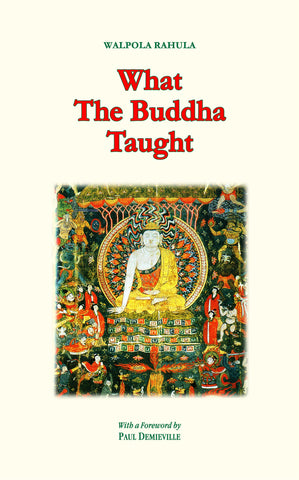
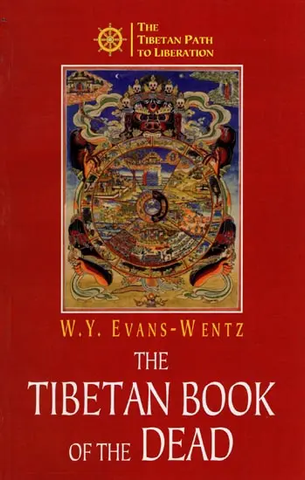
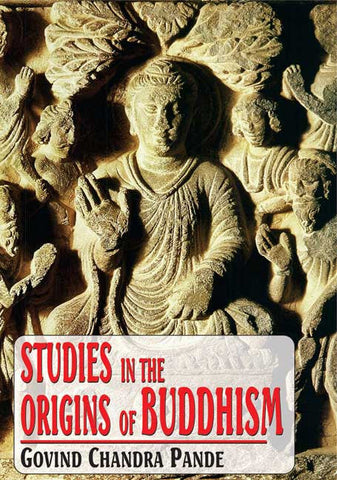
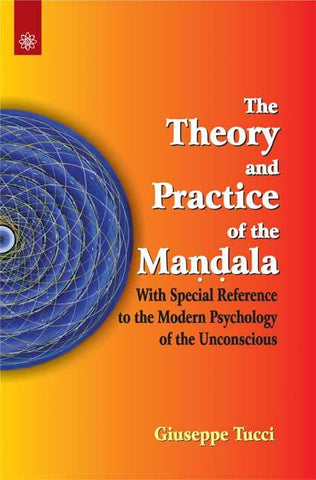
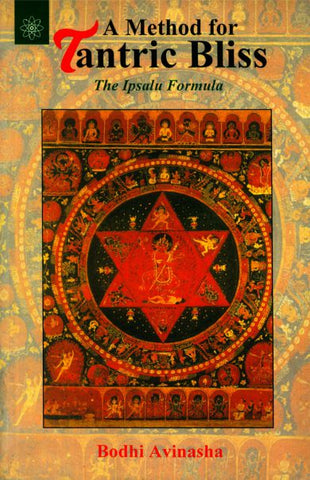
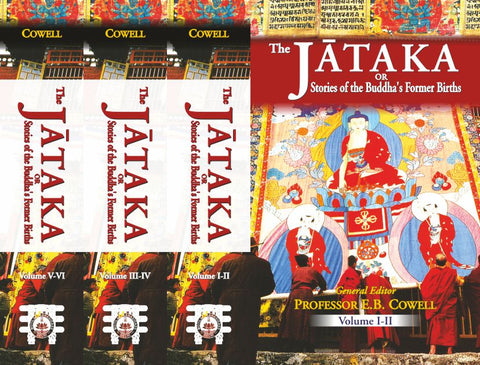
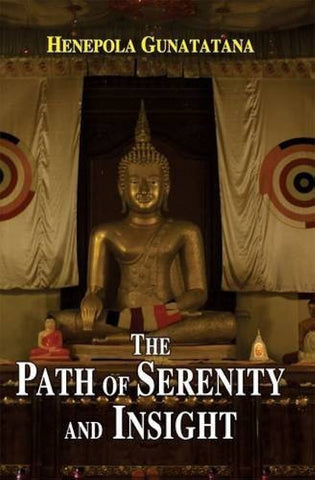
![The Rishukyo [Buddhica Britannica Vol.3]: The Sino-Japanese Tantric Prajnaparamita in 150 Verses (Amoghavajra's Version)](http://www.motilalbanarsidass.com/cdn/shop/products/RISHUKYO_large.jpg?v=1675417651)
